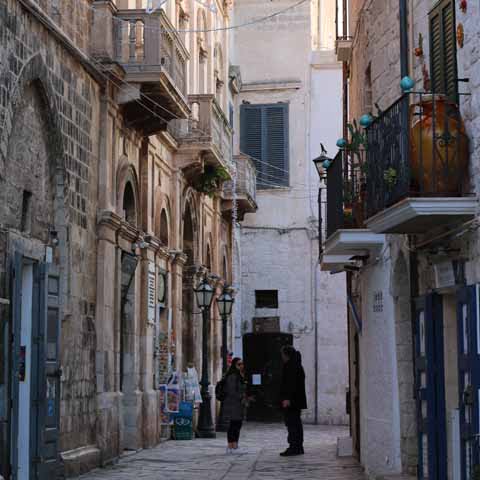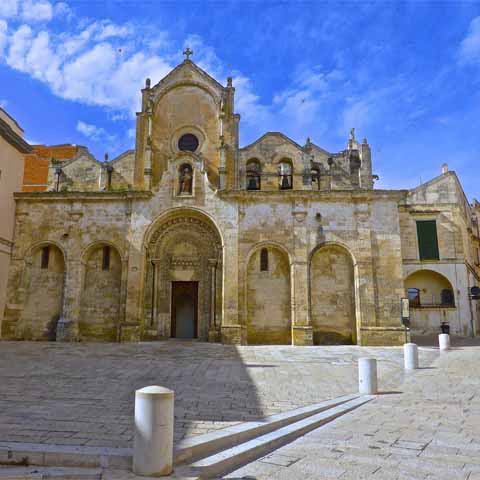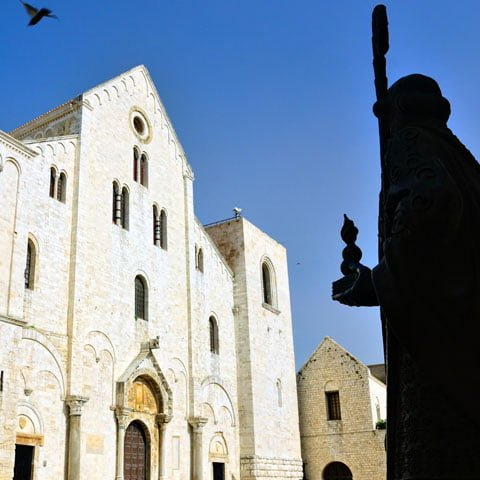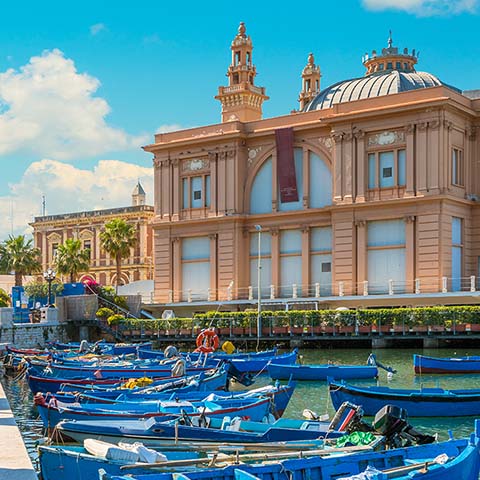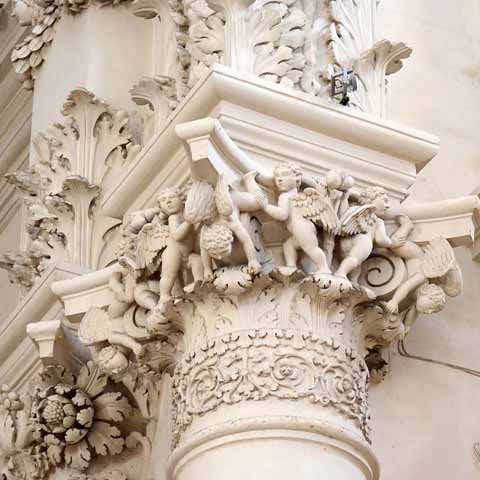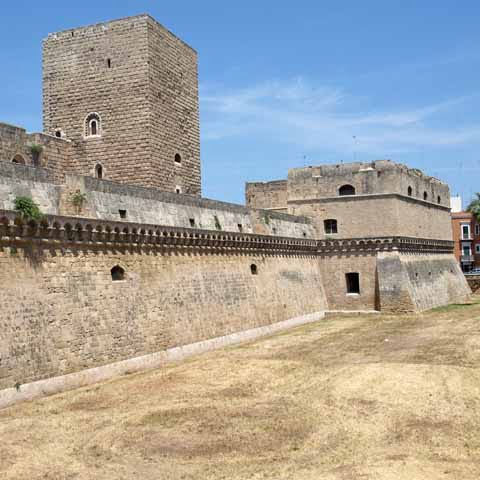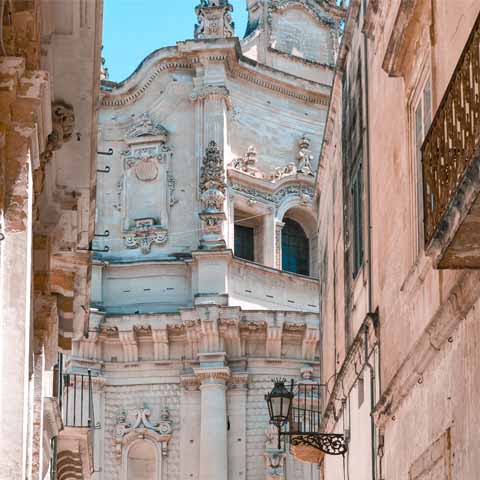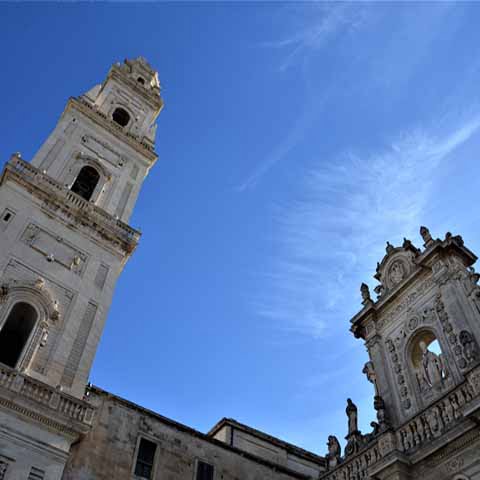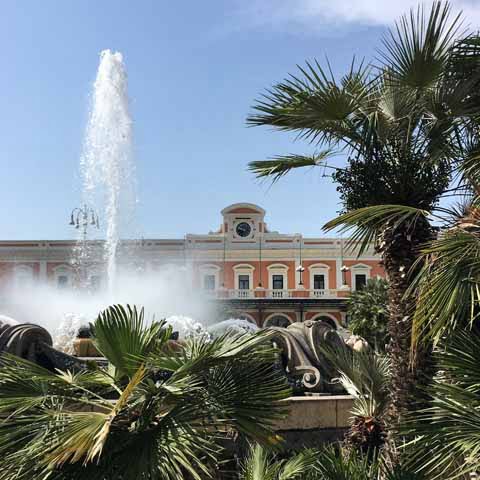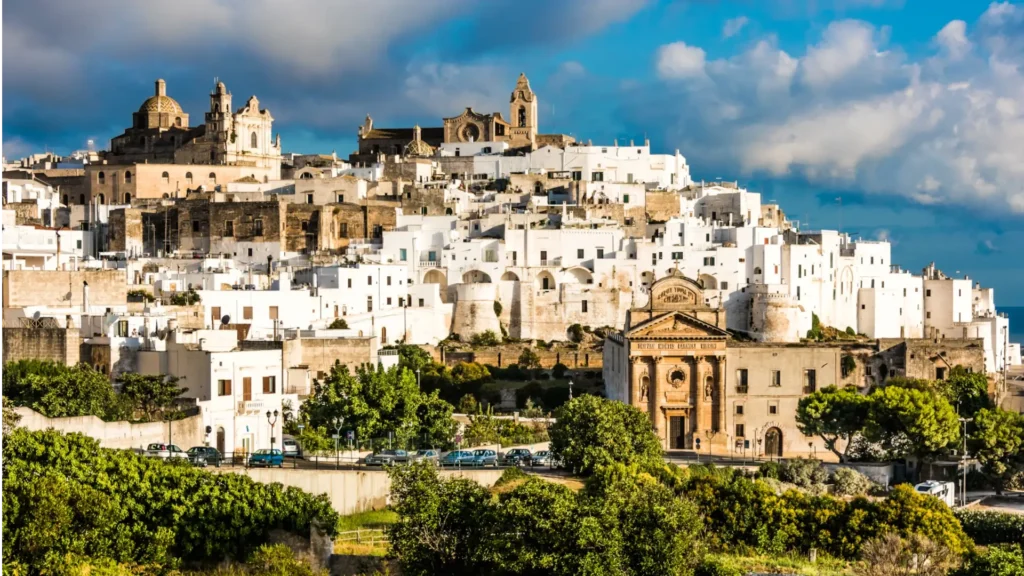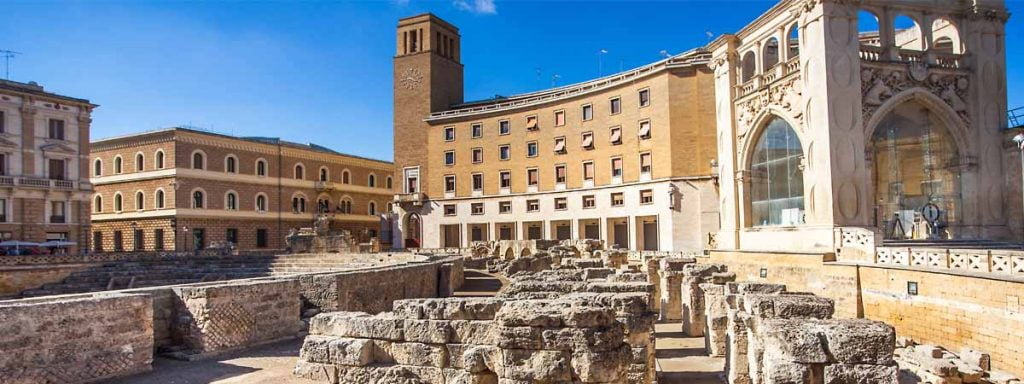As with other cities throughout Italy, Bari is bursting with a culture that is balanced between the old and the new. The history of the city is rich – spanning over 2,000 years – and is palpable throughout its historic district, in which travelers can explore the architecture and art of old-time Italy. Yet the modern sensibilities of Bari allow for travelers to experience the city’s exciting nightlife and top restaurants as well. The fusion of its past and its present gives Bari a unique personality worth traveling to the heel of Italy’s boot for.
Visitors to Bari will find themselves traveling through time from one attraction to the other. One day travelers can visit classic, Romanesque-style churches with centuries of history, and the next they can experience walking the modern promenade and shopping for current fashions on Via Sparano.
The people of the area are known for being welcoming. The peace-loving nature of Bari residents pairs perfectly with the relaxed feel of the city, which is firmly rooted in the past, yet continues to grow rapidly into the future.
ART
With so much history, it comes as no surprise that Bari is a city with a wide variety of art to be experienced.
One of the best locations to indulge in the artistic side of Bari is the Pinacoteca Provinciale di Bari, an art gallery that houses some of the Apulia region’s most important works of art. The gallery includes pieces from the eleventh to the nineteenth centuries as well as modern works as recent as 1987. Located in Palazzo della Provincia, the gallery also offers amazing views of the sea. Artists on display in the gallery include Giovanni Bellini, Jacopo Tintoretto, and Paolo Veronese.
Another wonderful place to explore art is the Cathedral Museum. Housed in the Palazzo Episcopale near the Basilica of San Nicola, the museum features a collection of sculptures, paintings, and priceless artifacts dating back to the sixteenth to eighteenth centuries. It even has an extremely well-preserved “exultet” – a roll of parchment from the early 1000s as well as a golden gross from the twelfth century.
Beneath Bari’s Cathedral is the Museo del Succorpo della Cattedrale, which houses Roman ruins and parts of ancient churches such as mosaics.
Located in Bari’s university complex is the Provincial Archaeological Museum. Its collection of antique bronze statues, old vases, jewelry, and sculptures is sure to please any fan of ancient art and archeology. It is considered to be the most complete archeological collection in the region.
ARCHITECTURE
Travelers with a deep appreciation for architecture are in luck in Bari.
Some of the most amazing and historic castles call Bari home, including Castello Svevo. Built in 1132, this impactful castle was once a traditional castle, surrounded by a moat. Later it was transformed into a prison, complete with prisoner barracks, and then again transformed into a residence for Isabella of Aragon. Modern-day visitors will find that it is now used for exhibitions. Another castle worth visiting is the Castel del Monte, located outside of Bari. The thirteenth century castle was built by Emperor Frederick II and is renowned for its unique geometric architecture.
To truly experience the architecture and feel of the city from old times, visit Bari Vecchia – or Old Bari. Once surrounded by walls – some of which remain – this section of the city features many amazing architectural sites including a variety of churches. One of the most regarded is the Cathedral of Saint Sabinus of Canosa, which houses the remains of the saint himself and dates back to the twelfth and thirteenth centuries. The Cathedral, with its portals and rose window, is an excellent example of the local Apulian Romanesque style. Truly, the small, winding streets and welcoming vibe of Bari Vecchia make travelers feel as if they have gone back in time.
An absolute must-see in Bari is the Basilica of San Nicola. Named after the city’s patron saint – St. Nicolas – the basilica is a stunning locale that is as impactful in its architecture as it is in its history. Known widely as a pilgrimage destination for several faiths, the cathedral depicts classic architecture, holds noteworthy Romanesque sculptures as well as precious works of art, and features a crypt with relics and remains of St. Nicolas.
Another key aspect of Bari’s Old Town is the Fortino of Sant’Antonio Abate. This fort was part of the medieval city walls and served as the highest point in the Old Town. The fort was rebuilt in the fifteenth century and underwent several restoration works during its history. Today the fort offers a unique look at Bari’s past and it serves as a venue for conferences and exhibitions.
While exploring Bari, keep an eye out for the Bourbon Lighthouse. Dating back to the nineteenth century, the lighthouse is positioned just off the coast and offers stunning views of Old Bari including the Cathedral, Basilica of San Nicola, Castello Svevo, and more.
For a view of truly unique architecture, visit the Itria Valley. The area is famous for its one-of-a-king style of homes, called Trulli. Shaped like cones, these whitewashed hut-style homes have dry-stone roofing and can only be found in this area.
LITERATURE
The city also features the Civic Museum of Bari, which contains exhibits on photos, documents, and artifacts about Bari’s history. Founded in 1913, the museum also features the region’s largest library – home to around 90,000 volumes on a variety of topics, including local and regional history. Some of the oldest volumes contained in the library are from the sixteenth to the eighteenth centuries.
Bari was also the birthplace of Alfredo Giovine, a twentieth century historian and journalist. Giovine spent much of his life chronicling the folklore and dialect of his hometown as well as the musicians and theaters located throughout the province of Bari. Giovine’s works provide fascinating insight into the local culture of Bari.
CINEMA
Bari hosts one of Italy’s most famous film festivals annually in March, known as Bif&st or the Bari International Film Festival. It attracts nearly 70,000 people every year and lasts eight days. Launched in 2009, the festival showcases film premieres, awards filmmakers for their achievements, and features events that celebrate the world of film. It is a highly regarded event that is loved by locals and tourists alike.
Italian actor, screenwriter, comedian, and director Checco Zalone was born in Capurso, a small town in the province of Bari. Zalone’s films have been met with wide success in Italy, with the majority of his works among the highest grossing films in Italy, including Quo Vado? (2016), which is overall the highest grossing Italian film.
Thanks to its natural beauty, Bari has long been used by Italian filmmakers to tell their stories. Some of the most important films set in Bari include Polvere di stelle (1973), Il giovane Toscanini (1988), 77 Hotel Dajti (2000), L’uomo nero (2009), and La vita davanti a sé (2020).
MUSIC
One of Bari’s key sites and a place to take in some amazing music is the Petruzzelli Theater. Built in 1903 by two brothers, the theater is the largest in Bari and the fourth largest in all of Italy. It hosts concerts of all kinds but particularly opera. It is the perfect location to enjoy music in Bari and a must-see for first-time visitors.
Fans of music who are traveling to Bari during Summer must attend the Bari Jazz Festival. The two-month-long event features live concerts of all types of jazz music from some of the genre’s top performers.
Legendary Italian singer Domenico Modugno was born in Polignano a Mare, a small, coastal town located in the province of Bari. Considered to be the first Italian cantautore (singer-songwriter), Modugno shaped the direction of modern Italian music in the twentieth century and left a lasting impact on generations of Italian musicians. Modugno is best known for his song 1958 Nel blu dipinto di blu (also known as Volare), which was an international success and Grammy Award winner.
SCIENCE
Bari is home to one of the region’s most innovative science education laboratories – the Bari Planetarium. Featuring a large dome in which visitors can sit and watch multimedia, the planetarium is used to conduct studies and research for important institutions across the globe. It operates using some of Europe’s most state-of-the-art technology.
As the capital of the Apulia region, Bari serves as one of the most important cultural hubs in Southern Italy. Visitors to Bari can spend their days exploring the beautiful churches, admiring local art and architecture, and indulging in the laidback lifestyle of this part of Italy.
Travel Guides
The Apulia Region of Italy
The Cities of Apulia, Italy
